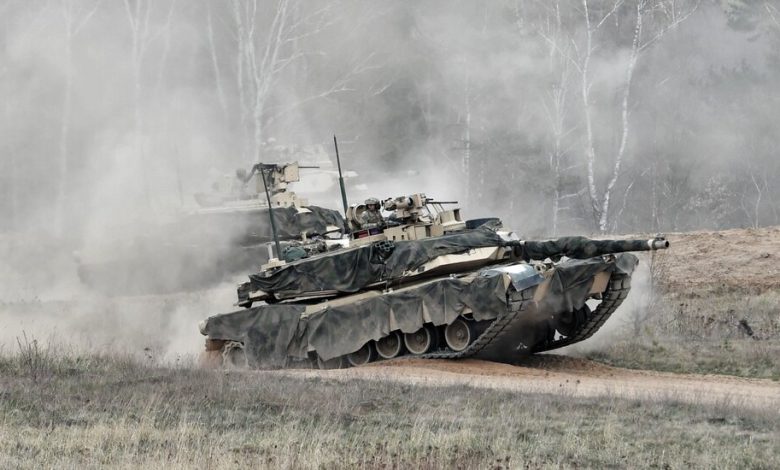Do Tanks Have a Place in 21st-Century Warfare?

The drone combat in Ukraine that is transforming modern warfare has begun taking a deadly toll on one of the most powerful symbols of American military might — the tank — and threatening to rewrite how it will be used in future conflicts.
Over the last two months, Russian forces have taken out five of the 31 American-made M1 Abrams tanks that the Pentagon sent to Ukraine last fall, a senior U.S. official said. At least another three have been moderately damaged since the tanks were sent to front lines early this year, said Col. Markus Reisner, an Austrian military trainer who closely follows how weapons are being used — and lost — in the war in Ukraine.
That is a sliver of the 796 of Ukraine’s main battle tanks that have been destroyed, captured or abandoned since the war began in February 2022, according to Oryx, a military analysis site that counts losses based on visual evidence. A vast majority of those are Soviet-era, Russian or Ukrainian-made tanks; only about 140 of those taken out in battle were given to Ukraine by NATO states. And Russia has so far lost more than 2,900 tanks, the Oryx data show, although Ukraine claims that the number exceeds 7,000.
German Leopard tanks have also been targeted in Ukraine, with at least 30 having been destroyed, Oryx says. But the Abrams is widely viewed as one of the world’s mightiest. That it is being more easily taken out by exploding drones than some officials and experts had initially assumed shows “yet another way the conflict in Ukraine is reshaping the very nature of modern warfare,” said Can Kasapoglu, a defense analyst at the Hudson Institute in Washington.
This weekend, the U.S. House of Representatives is scheduled to vote on a $61 billion aid package for Ukraine that will include desperately needed defensive weapons. Here is a look at why it matters for tanks.
A highly accurate, low-cost tank killer
Despite their power, tanks are not impenetrable, and they are most vulnerable where their heavy plated armor is the thinnest: on the top, the rear engine block and the space between the hull and the turret. For years they were mainly targeted with land mines, improvised explosive devices, rocket-propelled grenades and anti-tank guided missiles, like “shoot and scoot” shoulder-fired systems. These were widely used early in the Ukraine war because they could strike tanks from above and hit them up to 90 percent of the time.




